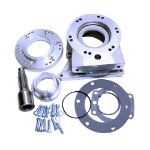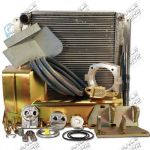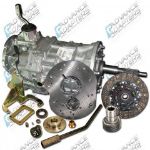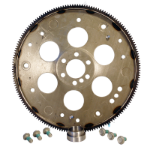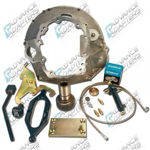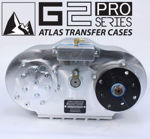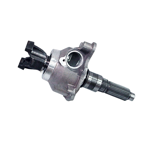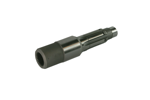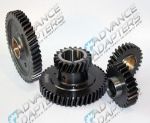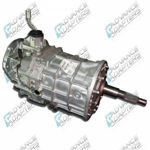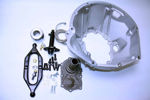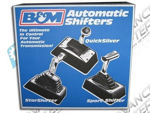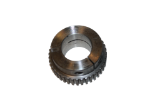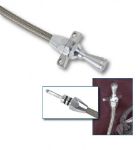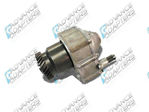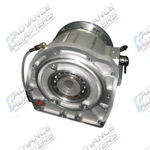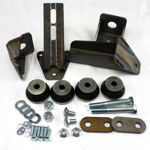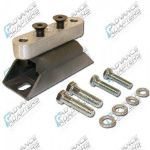
Vehicle drivetrains have come a long way from the early days of basic chains and belts. Sophisticated 4WD and AWD, new transmission designs and other technologies continue to advance — and they’re not even close to being done.
What will 4x4 owners consider standard 10, 20 or even 50 years from now? We looked at recent trends and found out what the experts are saying about drivetrain technology. Based on that, here are five things to watch that could impact not just 4x4 drivetrains but all vehicles.
Electrification and Hybrid Drivetrains
Electric drivetrain technology is expected to continue gaining market share due to a combination of advanced performance that drives demand and regulations concerning vehicle efficiency. Motor-driven electric drivetrains have proven to offer great power and efficiency. For example, the 2025 Ford F-150 Lightning electric truck delivers up to 580 hp and 775 lb-ft of torque. Over time, it’s reasonable to expect that range and reliability will improve as comparative costs drop.
Hybrid drivetrains are also back on the rise, with many new hybrid vehicles planned. By combining electric motors with existing internal combustion drivetrains, they offer some of the same power and efficiency benefits while largely functioning the way owners are used to.
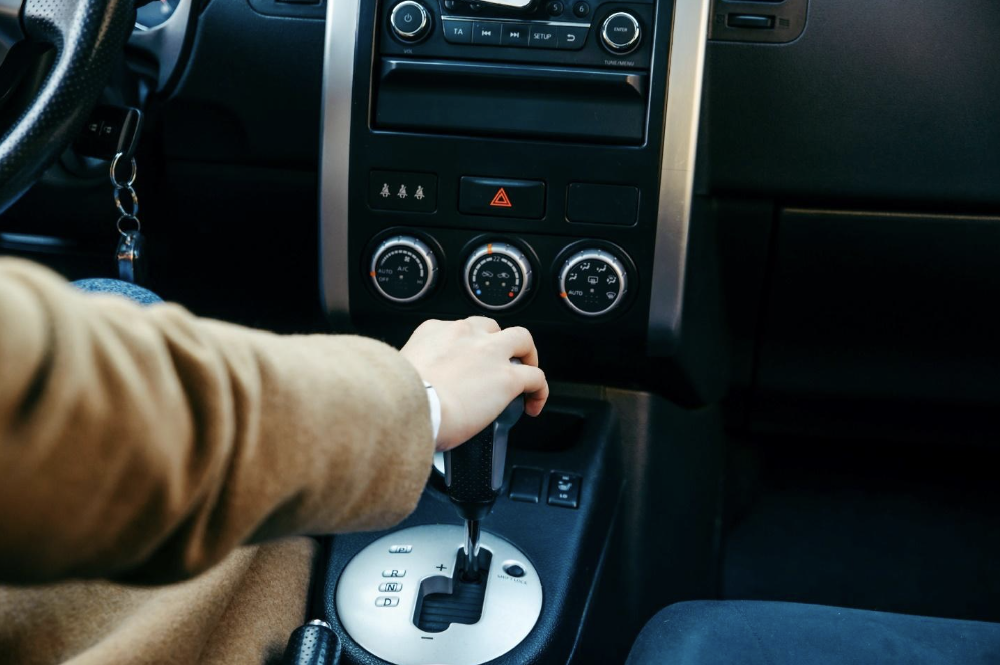
More Efficient Transmission Designs
On a similar note, traditional transmissions and transfer cases continue to get better. Multi-speed automatic transmissions are on the rise because of their improved fuel efficiency. The most promising options include:
- Continuously variable transmissions (CVTs) have smooth acceleration and great fuel economy.
- Dual-clutch transmissions (DCTs) give you a sporty experience with their ultra-fast gear changes.
- Automated manual transmissions (AMTs) can function in automatic or manual modes and offer simpler construction.
AI and IoT Integration
Artificial intelligence in vehicle drivetrains? Don’t count it out. Other vehicle features like adaptive suspensions have given us a taste of what AI- and Internet of Things-integrated drivetrain technology can do. Imagine transfer cases that adjust the low gear ratio in real time based on your driving style or transmissions that can sense when you’re about to start climbing a hill. It’s entirely possible, although when this may occur is hard to say.

The Rise of Part-Time 4WD
Traditional transfer cases were only capable of full-time 4WD — in other words, it was always on. In recent years, though, there has been an increase in part-time 4WD systems (also called on-demand 4WD). The driver can manually switch between 2WD and 4WD or let the system automatically detect when to switch. The benefits part-time 4WD offers for fuel efficiency, tire wear and drivetrain stress mean it is likely to become the norm rather than the exception.
More Safety Features
Safety has become a priority throughout the automotive industry, and many drivetrains already include built-in safety features like stability control, traction control, anti-lock brakes and electronic brake force distribution. These features will continue to improve and more are likely to come along. Assistance features such as blind spot monitoring and adaptive cruise control may gain even more control over the drivetrain, too.


